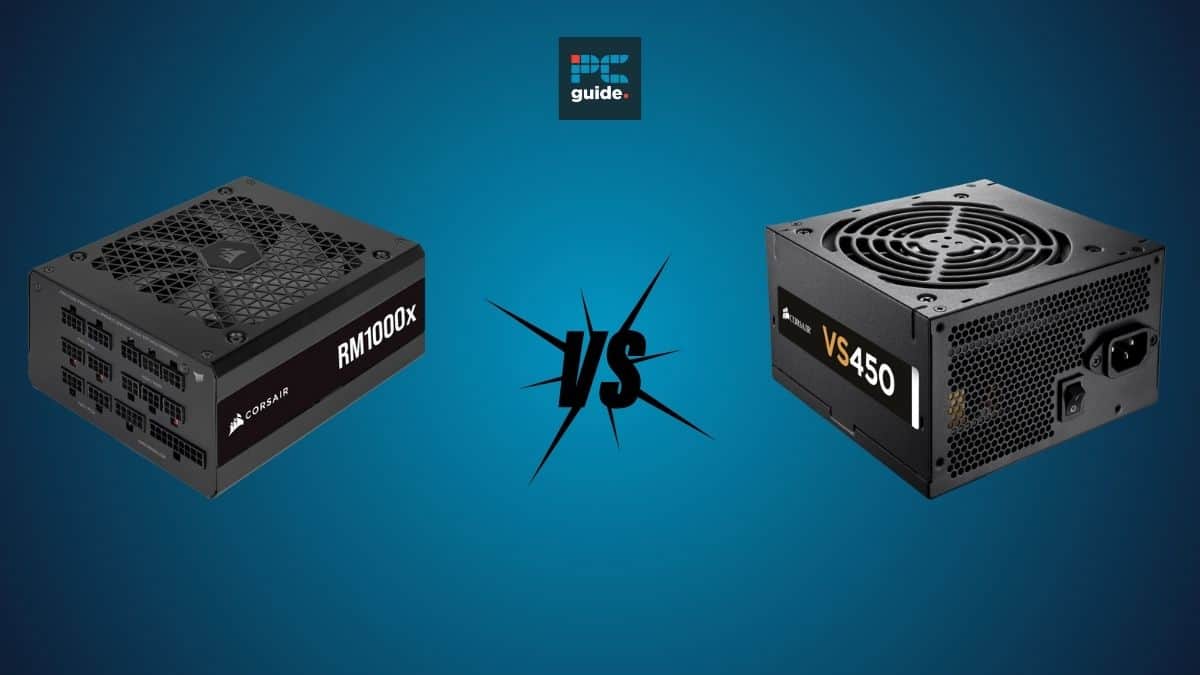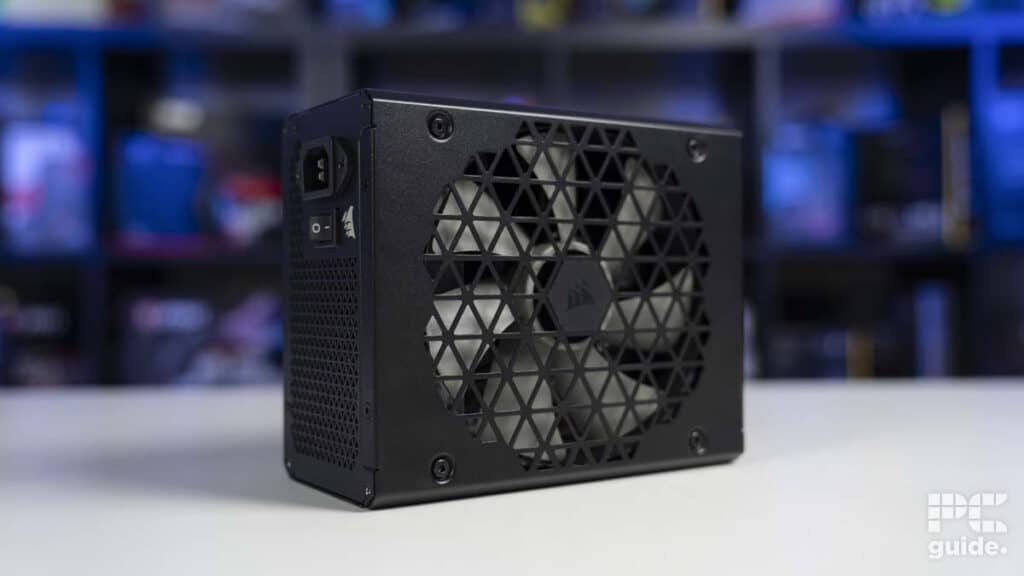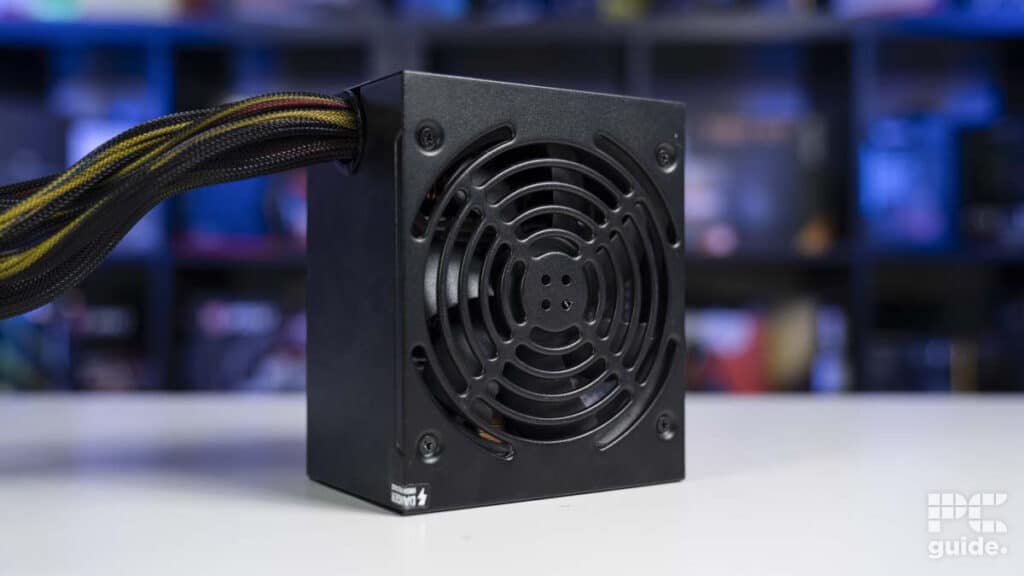SFX vs ATX PSU – what we recommend

Table of Contents
If you’re building a PC for the first time and are confused between SFX and ATX PSUs, we’ve got you covered right here.
When it comes to building or upgrading a PC, one of the crucial decisions lies in selecting the right power supply unit. Now, PSUs come in different shapes and sizes, and you need to choose the one that is suitable for your build. Many people, especially beginners, get confused between SFX and ATX PSUs, but the difference between the two isn’t that much.
Well, we have tested both types and have enough knowledge to let you know what differentiates the two. So, without any further ado, let’s dive in!
Quick Answer
An ATX PSU is large in size, typically measuring 150mm in width, 86mm in height, and 140mm in depth. On the other hand, an SFX PSU is compact and typically measures 100mm in width, 63.5mm in height, and 125mm in depth. The biggest differences between the two are their size and compatibility.
SFX vs ATX PSU – what’s the difference?
Let’s take a look at some major differences between SFX and ATX PSUs.
Size
The biggest difference between SFX and ATX PSUs is the size. ATX PSUs are larger in size and have been the standard form factor for PCs for many years. A standard ATX PSU typically measures 150mm in width, 86mm in height, and 140mm in depth.

On the other hand, SFX PSUs are smaller in size and are hence compact. These typically measure 100mm in width, 63.5mm in height, and 125mm in depth.

Usually, full-tower or mid-tower cases are designed to accommodate both SFX and ATX power supplies. However, compact, SFF, and mini-ITX cases are meant for only SFX PSUs due to their small size. Therefore, keep the size of your case in mind before getting a PSU.
Cooling capabilities
Generally, ATX power supplies tend to have better cooling capabilities than SFX power supplies. This is primarily because ATX PSUs are larger and can accommodate larger fans and heatsinks, which allows for more effective heat dissipation. On top of that, cases that can accommodate ATX PSUs typically have more room for airflow and ventilation, something that further aids in cooling the PSU.
SFX power supplies, on the other hand, are smaller and have less space for cooling components. While the latest SFX PSUs offer improved cooling, they may still be prone to heating up more quickly under heavy loads compared to their ATX counterparts.
Portability
SFX power supplies are small in size, so they weigh less than ATX PSUs. This is why they are preferred for portable PC builds, as they don’t significantly increase the overall weight of the PC, thus allowing you to carry it easily wherever you go. On top of that, if you ever plan to upgrade to a bigger PC case in the future, you can easily fit your SFX PSU inside it.
SFX vs ATX PSU – which one should you choose?
Now, coming down to the main question, which one should you choose? Well, it all depends on your requirements.
If you have a large PC case, then it would be better to opt for an ATX PSU. This is because they usually have better cooling capabilities, and your case can accommodate them as well. As Intel claims, too much heat can cause your overall system to slow down, and an ATX PSU with a large fan can definitely help out with this. On the other hand, if you’re looking for a compact PSU that is small in size and doesn’t weigh a lot, then you’d want to opt for an SFX PSU. In case you want to explore some options, you can check out our top picks for the best SFX power supplies.
Should the PSU fan spin when turned on?
Usually, PSU fans spin only when needed. When you’re engaged in a task that isn’t drawing much power, the fans won’t spin as there won’t be enough heat generated.
How often should PSU be replaced?
A high-quality PSU can last between five and ten years. However, you should replace your PSU as soon as it starts performing poorly, as a faulty power supply can end up damaging other components.
